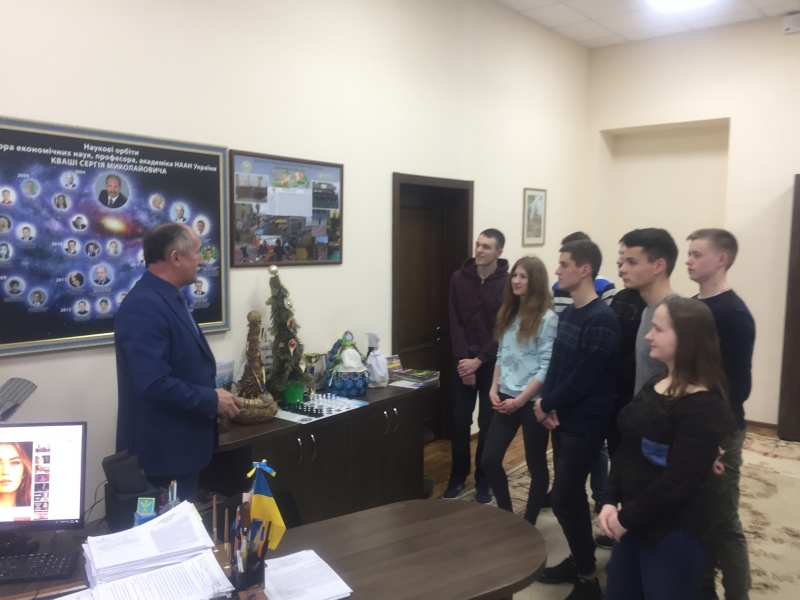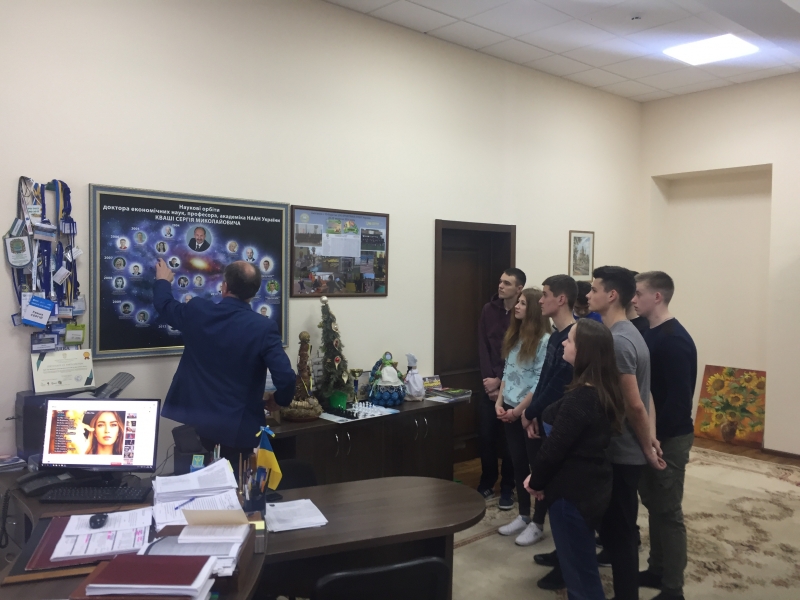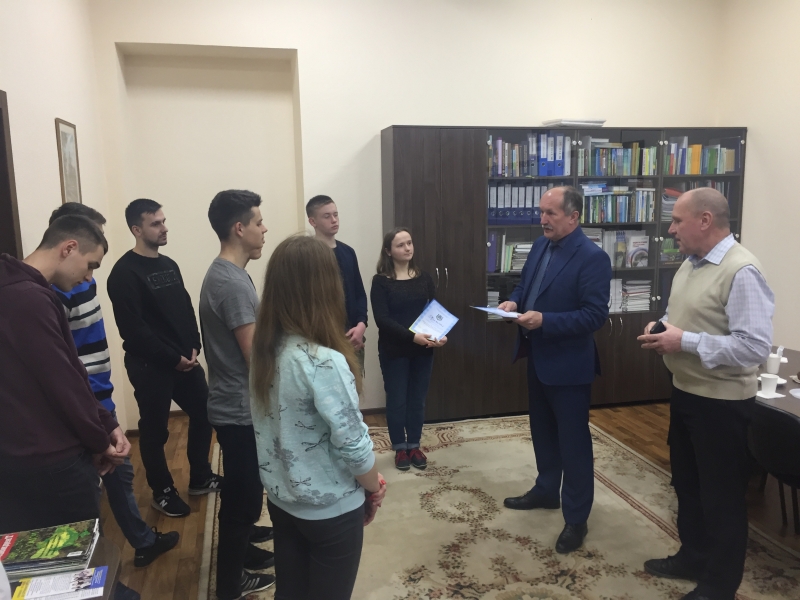Нагородження призерів та переможців з гри в настільний теніс серед студентів, викладачів та співробітників НУБіП України
Лише нещодавно відгриміли вітальні фанфари для переможців та призерів гри в настільний теніс серед студентів, викладачів та співробітників НУБіП України.




І вже на минулому тижні проректор з навчальної і виховної роботи Сергій Кваша, начальник відділу виховної роботи та студентських справ Анна Хижняк та провідний фахівець відділу виховної роботи та студентських справ Микола Литвин нагородили переможців спартакіади.



Отже, поділилися враженнями та отримали подарунки бронзові призери, представники гуртожитку №3: Ольга Гаріян, Павло Карачун, Данил Глушаков, Наталія Батулькіна та Мирослава Малишко; срібні призери з гуртожитку №9: Ірина Литвин, Маія Галушко, Олександра Косяк, Владислав Михайлюк та Дмитро Космак та переможці – з гуртожитку №11: Анатолій Семко, Артур Маринчак, Масим Гапоненко, Артем Малініченко та Олександр Горовий.




Ще раз вітаємо наших переможців та бажаємо підкорення нових спортивних вершин.
Відділ виховної роботи і студентських справ